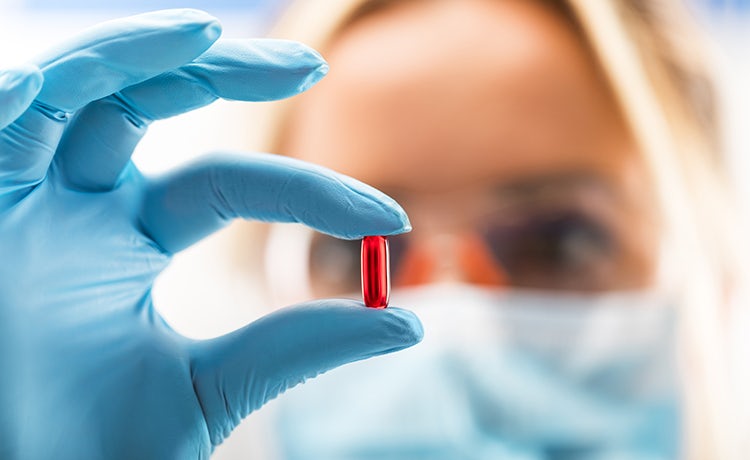In the intricate tapestry of life, diseases are a recurring thread that challenges humanity’s well-being. While diseases are a formidable force, our relentless pursuit of knowledge and advancements in medicine has given us the tools to understand, prevent, and cure a multitude of ailments. This article explores the world of diseases and the evolving landscape of cures and treatments.
Understanding Diseases
Diseases, in a broad sense, refer to abnormal conditions that negatively affect the structure or function of an organism. They can be caused by a variety of factors, including pathogens (bacteria, viruses, fungi), genetic mutations, lifestyle choices, and environmental influences. Diseases manifest in countless forms, from minor ailments to life-threatening conditions.
Types of Diseases
- Infectious Diseases: These are caused by pathogens, including bacteria, viruses, and parasites. Examples include the common cold, HIV/AIDS, and malaria.
- Non-communicable Diseases (NCDs): These are chronic conditions that often develop over time and are not contagious. NCDs include heart disease, diabetes, cancer, and chronic respiratory diseases.
- Genetic Diseases: These are hereditary conditions caused by mutations in a person’s genes. Examples include cystic fibrosis, sickle cell anemia, and Huntington’s disease.
- Autoimmune Diseases: These conditions occur when the immune system mistakenly attacks healthy cells and tissues. Rheumatoid arthritis, lupus, and multiple sclerosis fall into this category.
The Pursuit of Cures
The history of medicine is a narrative of resilience and progress. Throughout the ages, dedicated scientists, physicians, and researchers have strived to understand diseases and develop effective treatments and cures. This pursuit has led to several significant achievements:
- Vaccination: Vaccines have been instrumental in preventing numerous infectious diseases, such as smallpox, polio, and measles.
- Antibiotics: The discovery of antibiotics like penicillin revolutionized the treatment of bacterial infections.
- Advancements in Surgery: Surgical techniques and technology have improved the treatment of various conditions, from organ transplants to cancer surgeries.
- Genetic Therapies: Innovations in genetic engineering and gene therapy offer hope for the treatment of genetic diseases.
The Future of Medicine
As we stand on the cusp of the future, the field of medicine is experiencing unprecedented breakthroughs. Advances in biotechnology, artificial intelligence, and personalized medicine are changing the landscape of disease treatment and prevention. Here are some exciting developments:
- Precision Medicine: Tailoring treatments to an individual’s unique genetic makeup allows for more effective and less invasive interventions.
- Immunotherapy: Harnessing the body’s immune system to fight diseases, especially in cancer treatment, is showing promise.
- CRISPR Gene Editing: This revolutionary technology enables precise modification of genes and has potential applications in treating genetic diseases.
- Telemedicine: Remote healthcare options are expanding, making medical advice and treatment more accessible.
Conclusion
The relationship between diseases and cures is an ongoing, dynamic saga of human ingenuity. While we’ve made remarkable strides in the fight against diseases, challenges remain. The prevention, management, and eradication of diseases continue to be at the forefront of medical research.
As we journey forward, our collective pursuit of knowledge and innovative approaches promises a healthier future for all. By working together to understand diseases, promote healthy lifestyles, and support medical research, we can inch closer to a world where diseases are increasingly preventable, treatable, and curable.


